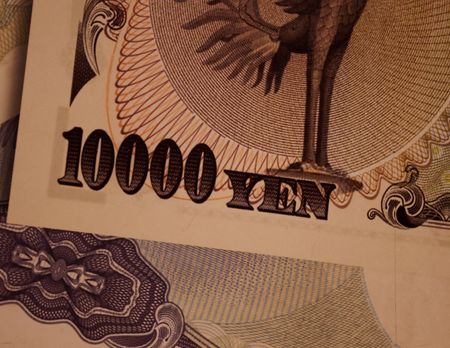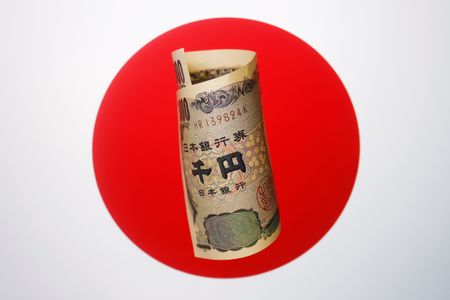By Rae Wee and Daiki Iga
SINGAPORE/TOKYO (Reuters) – Japan’s gargantuan life insurers appear capable of weathering paper losses in domestic bond holdings triggered by this week’s surprise tweak to yield limits and will likely boost the rising yen even further by shifting closer to home in their portfolios.
Japanese life insurers managed 419.69 trillion yen ($3.2 trillion) in assets in 2021, held against insurance liabilities, and their investment decisions are closely watched because they involve large sums that can drive trends in global markets.
Nearly 40% of their holdings are Japanese government bonds, according to the Life Insurance Association of Japan. Those positions took a hit when Tuesday’s Bank of Japan policy shift allowed 10-year yields to almost double to 0.47%.
Bond prices fall when yields rise.
But since the Bank of Japan itself owns about half the market, and the moves in yield are modest by global standards, traders and analysts think that rather than quietly suffer pain, Japan’s big investors will seek to capitalise on the markets’ dislocation.
“These are the long-duration liability investors,” said Naka Matsuzawa, chief Japan macro strategist at Nomura.
“They are the ones who can actively buy on the dip in the market, and they also have a lot of cash now because they’ve been selling foreign bonds heavily for the last several months.”
Fukoku Mutual Life Insurance Co, a mid-sized player, for example, sees no urgent need to address the rise in 10-year yields, even as it sees the BOJ moving away from ultra-easy policy.
“Interest rates on 20-year and 30-year bonds, which are our main investment targets, have not moved significantly,” said Yoshiyuki Suzuki, general manager in the investment planning department.
He does not expect immediate yen gains, but analysts say such players’ investment decisions can support the currency, which shot 4% higher on the dollar on Tuesday – its best day in more than two decades – to 130.58 per dollar.
“The biggest drivers of (currency) flow will be amongst onshore asset pools,” said BNY Mellon strategist Geoff Yu.
“If they believe that this week’s shift is only the first step of many … then we’d view the yen only at the start of a gradual valuations recovery.”
REPATRIATION
Some traders see the Bank of Japan’s move as a signal of policy tightening ahead, and for insurers to rid themselves of short-dated debts in favour of longer-run tenors – leaving the BOJ to bear losses if short-end bond yields eventually rise further.
On Wednesday the long end of Japan’s yield curve actually rallied, with 30-year yields down 2.5 bps to 1.545%. Twenty-year yields fell 1 bp to 1.215%.
“What (life insurers) are seeking is a high coupon…so I think it’s a very good time to accumulate JGB positions,” said Akira Takei, global fixed income fund manager at Asset Management One in Tokyo.
“The 10-year yield is still very low … maybe they will invest in the 20-year.”
Global markets are also already pricing some flows back to Japan, as investors pare back yen shorts and sold in bond markets around the world on Tuesday, and again on Wednesday.
Japan is the world’s largest non-U.S. holder of U.S. Treasuries, and benchmark 10-year yields are up about 13 basis points in two sessions since the BOJ decision.
In Australia, where Japan is also the largest foreign player in the bond market, 10-year yields are up about 20 bps.
“(There’s) anticipation of Japanese repatriation,” said Mark Elworthy, head of Australia and New Zealand fixed income trading at Bank of America Securities in Sydney, though adding it was too early to tell if any actual repatriation was moving prices.
And while there are fears that runaway selling of Japanese bonds would inflict losses deep enough to unleash a panicked rush of cash back to Japan, that is not in evidence so far.
But, there is also enough momentum in a yen bounce that has run nearly 15% from October’s three-decade low that further gains could be self-fulfilling, driving more repatriation as the currency strengthens and the risks of investing abroad go up.
“For the dollar/yen rate, we expect 125 by the end of next year,” said Deutsche Bank’s Japan economist Kentaro Koyama.
“If the BOJ conducts a more aggressive push … I think the yen could appreciate more.”
($1 = 132.2200 yen)
(Reporting by Rae Wee in Singapore and Daiki Iga in Tokyo; Additional reporting and writing by Tom Westbrook in Singapore; Editing by Muralikumar Anantharaman)



